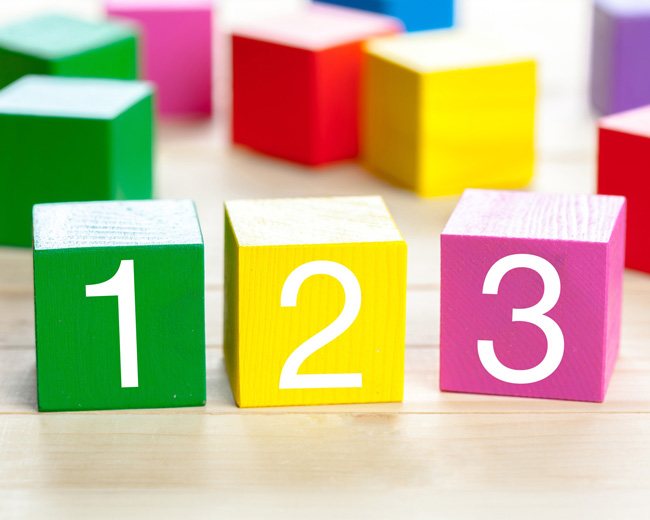Important baby milestones
These milestones are important markers of your baby’s development - read on to see what you and your little one have to look forward to.
Most parents know what to look out for, but there are certain key milestones that are worth paying close attention to during your baby’s first two years. But don’t be too concerned if they are lagging slightly either.
“Babies develop at different rates, and some also have spurts in one area of development while lagging in another, and this is perfectly normal. As long as your baby is showing signs of moving towards the milestones for their age, they should be fine,” assures Joan Orr, an educational consultant at Opti-Baby & Kids Early Child Care and Education centres.
Birth to 1 month
In the first month, babies function mostly on instinct. Besides sucking, swallowing, yawning and blinking, your baby should have the following instinctive reflexes, says Orr:
- Being startled by noise.
- Turning their head towards your hand when you touch a cheek or the skin near the mouth.
- Grasping your finger when you touch their palm.
- Flexing their toes when you touch the sole of their foot.
- Doing little step-like motions when they're held upright on a flat surface (this reflex disappears at about five months).
Around 3 months
Dr Nicole Hilburn, a paediatric physiotherapist from Johannesburg, says your baby is now learning to move against gravity. “They’ll wave their arms and legs around randomly, without purpose or co-ordination. They’ll start swiping at toys above them when they're on their back, and lifting their head up briefly to look around when they're lying on their tummy.”
Orr says these changes will also start appearing:
- Baby now presses their feet against the floor when pulled into a standing position.
- Their hands are no longer tightly closed and are usually open or semi-open. Their primitive grasp reflex is fading.
- When they cry, tears appear.
- They can focus on objects 20-25cm away, and track moving objects held 15-30cm from the face.
- After the first smile at about six weeks, they now start gurgling.
4 – 6 months
Your baby’s stomach and back muscles are becoming stronger, providing a stable core so they can start moving their arms and legs with more co-ordination, says Hilburn.
These are the milestones you can look out for, say the experts:
- They'll try reaching for things hanging above them with their hands, or kick at them with their legs.
- They'll start rolling over from their back to their stomach by first turning the head to one side and allowing the body to follow.
- At about six months, your baby could start to sit for brief periods on their own, using their hands to prop themself up.
7 – 9 months
Your baby is starting to act like a little person now. They're displaying a range of emotions, imitating speech sounds and exploring the world, according to Orr. They're also getting ready to crawl next, so they may be trying to move onto all fours, says Hilburn.
You’ll start seeing these changes in the next two months:
- They’ll lift and extend their legs when lying on their tummy.
- On their back, your baby can lift their upper body off the floor using their arms, and roll over easily.
- They can sit with minimal support and may lean forwards or sideways to grasp objects.
- They can use their thumb and fingers to grasp objects.
- Depth perception is now present and they display a fear of falling.
- They show a desire for social interaction, laughing at familiar faces and raising their arms to be picked up.
Up to 1 year
Your baby should be learning to crawl around this time, and eventually getting ready to take their first steps. Their emotional and cognitive abilities are also expanding and they could understand up to 50 words.
These abilities are becoming easier for your child:
- They can get into a crawling position from sitting.
- She’ll start pulling themself up into a standing position, and keeping their legs straight when you pull them up.
- They can now focus on objects up to 5m away, and their eye-hand co-ordination is improving rapidly.
- They can grasp with their thumb and forefinger now.
- They understand and respond to their name, as well as simple requests such as “no” or “give me your bottle”.
When should you be concerned?
Though milestones are flexible, you should visit a healthcare professional if your baby:
- Does not attempt to smile, babble, make eye contact and explore the world from about 4 months.
- Can’t sit up by 9 months.
- Isn’t learning to crawl by 12 months.
- Isn’t learning to walk by 18 months.
- Loses skills they've already learnt at any point.
- Has unusually floppy or stiff body posture.
- Isn’t gaining weight or height.
IMAGE CREDIT: 123rf.com



